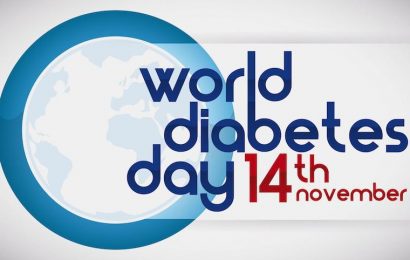Acetic acid, also known as vinegar, has long been a folk remedy for ailments ranging from infections to stomachaches to poison ivy. More recently, its benefits for both Type 1 and Type 2 diabetes have been discovered. As DiabetesSelfManagement.com‘s David Spero wrote in a 2011 blog post, vinegar may act similarly to many different types of diabetes drugs, slowing the breakdown of starches like acarbose (brand name Precose), increasing insulin sensitivity like metformin, and promoting insulin production like nateglinide (Starlix). A 2004 study published in the journal Diabetes Care found that when accompanying a high-carbohydrate meal, vinegar led to lower postmeal blood glucose and insulin levels in both people with prediabetes and those with full-blown Type 2 diabetes.
So a recent study may surprise and possibly confuse some people with diabetes who are familiar with the helpful effects of vinegar. Published last month in the journal Diabetologia, the study found that women with a high dietary acid load were far more likely to develop Type 2 diabetes. This finding was established by examining dietary surveys from a large study in which participants were followed for up to 14 years. To assess an acidic diet, researchers used two measures, called potential renal acid load (PRAL) and net endogenous acid production (NEAP) scores. Compared to the 25% of women with the lowest PRAL scores, the 25% with the highest scores were 56% more likely to develop Type 2 diabetes over the study period. Among relatively thin women — those with a body-mass index (BMI) below 25 — the effect of an acidic diet was even more pronounced; within this group, the 25% of women with the highest PRAL scores were 96% more likely to develop diabetes than the 25% with the lowest scores.
Squaring these results with the positive evidence on vinegar, it turns out, is less difficult than it might seem. Dietary acid load — how much food contributes to acidity within the body, and what PRAL and NEAP estimate — turns out to be mostly unrelated to the acidity of food that people consume. The most acid-inducing foods, according to these scoring systems, include meat, fish, and soft drinks, according to an article on the recent study at MedPage Today. Some people even believe that vinegar has an alkaline, rather than acidic, effect on the body, although there is little convincing evidence that this is the case. Vinegar’s acidity does, however, appear to be completely neutralized by the time it is digested and passes through the intestines into the body.
Have you ever considered how acid-forming your diet is, or even heard of the concept before? In light of the dramatic effect it seems to have on diabetes risk, would you be interested in having your dietary acid load evaluated? Would you be leery about adopting a low-acid-load diet, given that it involves limiting fat and animal proteins and consuming more carbohydrate? Leave a comment below!




